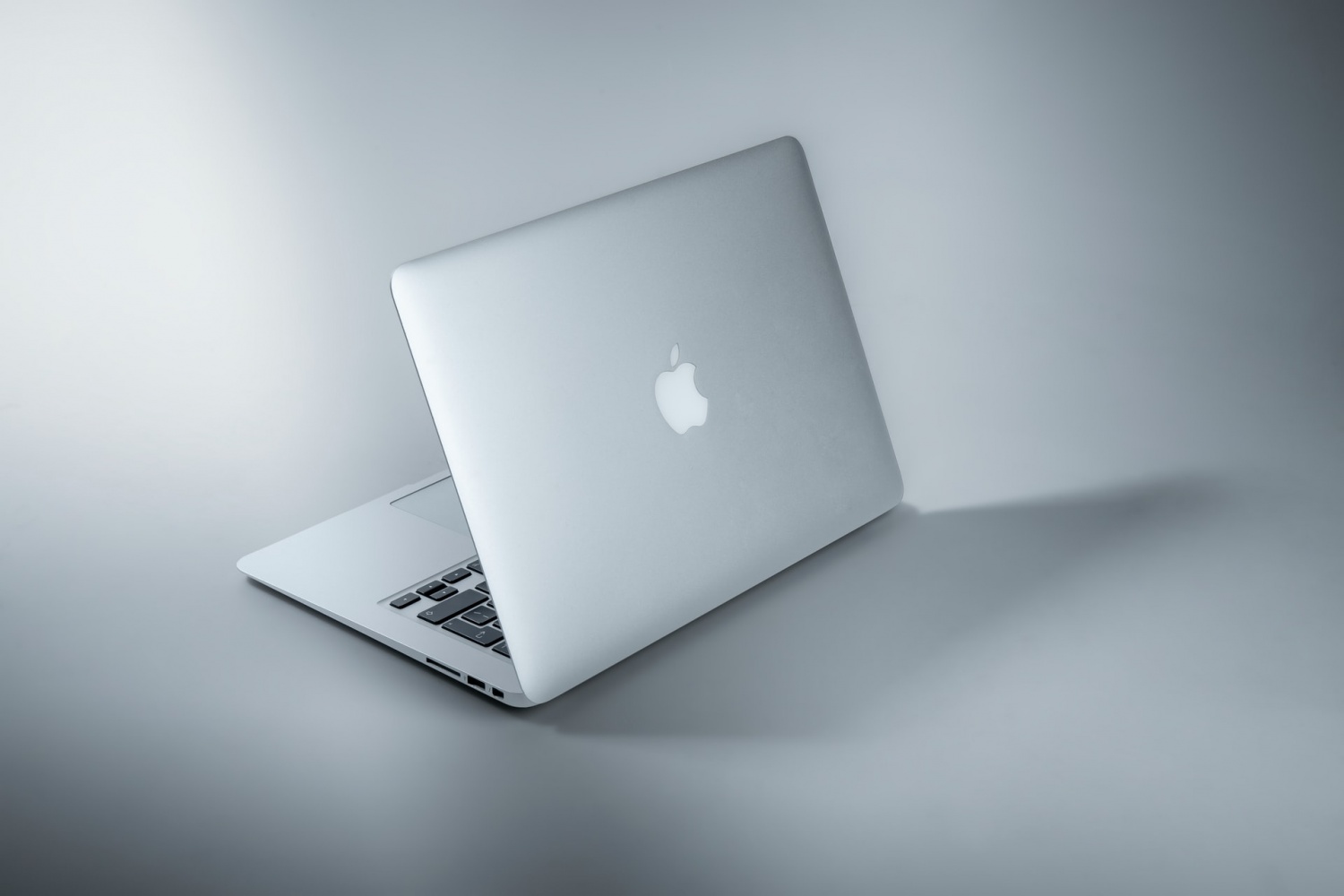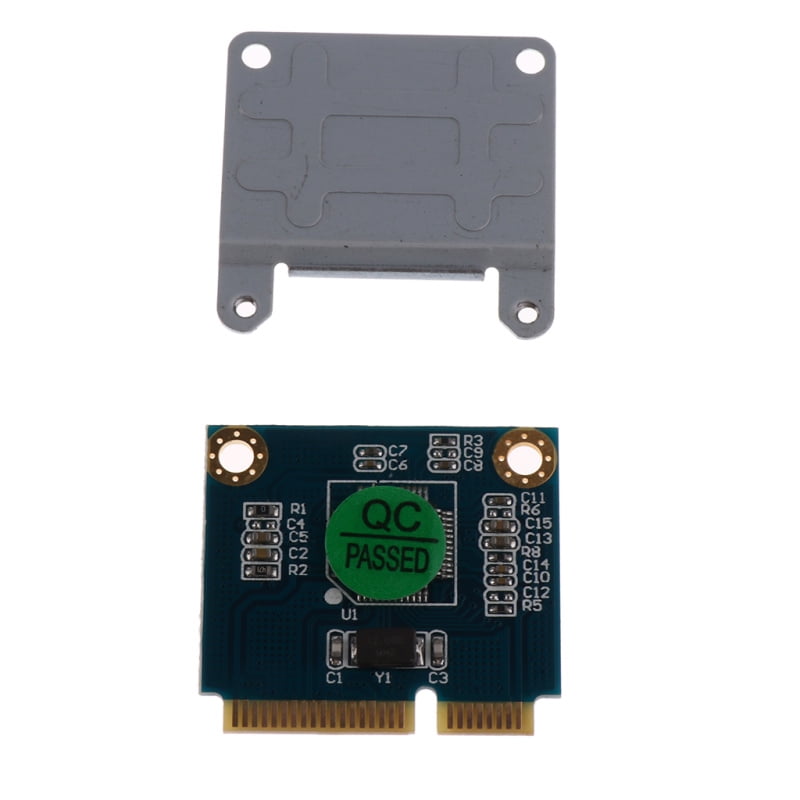

- Macbook pro sd card reader component how to#
- Macbook pro sd card reader component 1080p#
- Macbook pro sd card reader component full#
- Macbook pro sd card reader component portable#
- Macbook pro sd card reader component Pc#
If your desktop or laptop PC has the latter then that means you have a wider array of SD cards to open. Step 5: Some Macintosh PCs have an SD (Secure Digital) or SDXC (Secure Digital Extended Capacity) card slot.You can also reformat the whole thing for a clean swipe.
Macbook pro sd card reader component full#
In order to unleash the full capacity of your SD, you have to empty the trash bin first. Just take note that when deleting these files they typically go to your Mac's Trash program. Step 4: To manipulate the files for copying, pasting, cutting, and deleting, just highlight them with your mouse or touchpad and then right-click or press Ctrl and then click in order to get a dropdown menu enabling you to manipulate the files any way you wish.You can open them on your photo viewer or editor, copy them unto your hard drive, delete certain files, and even reformat your SD from there like a regular HDD or flash drive. You can now do with the contents of your SD memory card as you see fit. To access your SD card, just click on the drive icon. It can be named anything you want if you've named it prior through your device. Step 3: You know that you've gained access to the SD card if a drive icon has appeared on your desktop.This adapter allows the abovementioned cards and their high-density counterparts like MiniSDHC and MicroSDHC to conform to the thickness and width specifications of these extra small yet powerful SD formats. Step 2: If your computer lacks an SD slot that's the right size for MiniSD or MicroSD cards, you can still access the SD using a passive adapter.The SD slot of a typical Mac should be able to access standard 4MB- 2GB standard SD cards, SDHC (Secure Digital High Capacity) 4MB-32GB cards, 4GB-2TB SDXC, MMC (MultiMedia Cards), and UHS-II (up to 2TB) cards, but the last one only works on iMac Pro. Step 1: Simply put your SD card into the SD slot and let the computer read it.Steps Involved in Accessing Files from Your SD Card Using a Mac Macbook Pro Sd Card Adapter With that said, how should you go about opening your SD card? SD Card Read Only Problem MacBook Pro Solved This is a fix for the problem of SDxC cards showing up as Read Only on the MacBook Pro when plugged into the MBP. Application facebook messenger pour android. All modern Macintosh computers, from your iMacs to your MacBooks and everything in between and beyond, make use of the SD slot to allow access to SD media.
Macbook pro sd card reader component portable#
The SD (Secure Digital) memory card is a stable or non-volatile memory card or storage system known to last a long time like a standard HDD but has the portable accessibility of the more volatile flash drive.
Macbook pro sd card reader component how to#

The new Macbook air 13' laptop is the version that has an SD card reader on the right side of the laptop. Open the Disk Utility app by clicking the magnifying glass in the top right corner of the screen and typing in 'Disk Utility.' Press the 'Return' key to open it. Plug the SD card into the Mac's SD card slot or a USB SD card reader.
Macbook pro sd card reader component 1080p#
The 4K footage and 1080p movies Apple hopes its users will edit with Final Cut Pro X on the Touch Bar can’t be wirelessly transferred to the new MacBook Pros, either.You format or reformat an SD card on your Mac with the built-in Disk Utility app. These files are only bound to get bigger as Medium Format Cameras begin to rise while the APS-C standard rises to 24MP and full-frame sensors regularly go above the 50MP limit.Īnd that’s just the still photography. The 42.4MP Sony Alpha A7R Mark II, for example, produces files that are 63MB at a minimum, and the latest Olympus OM-D E-M1 Mark II produces RAW images averaging around 20MP. What’s more, the images being transferred are often compressed JPEG when creative professionals need to transfer large RAW files. Instead, users need to connect both the camera and their laptop to an existing wireless network, a luxury that won't always be available in the field.

Modern cameras are designed to create their own wireless network to connect to smartphones, but this functionality doesn't extend to computers.

Finally, while wirelessly transferring photos from cameras has become increasingly easy, transporting images over the air to a computer is more complicated even if it's available on Sony and Canon cameras.


 0 kommentar(er)
0 kommentar(er)
